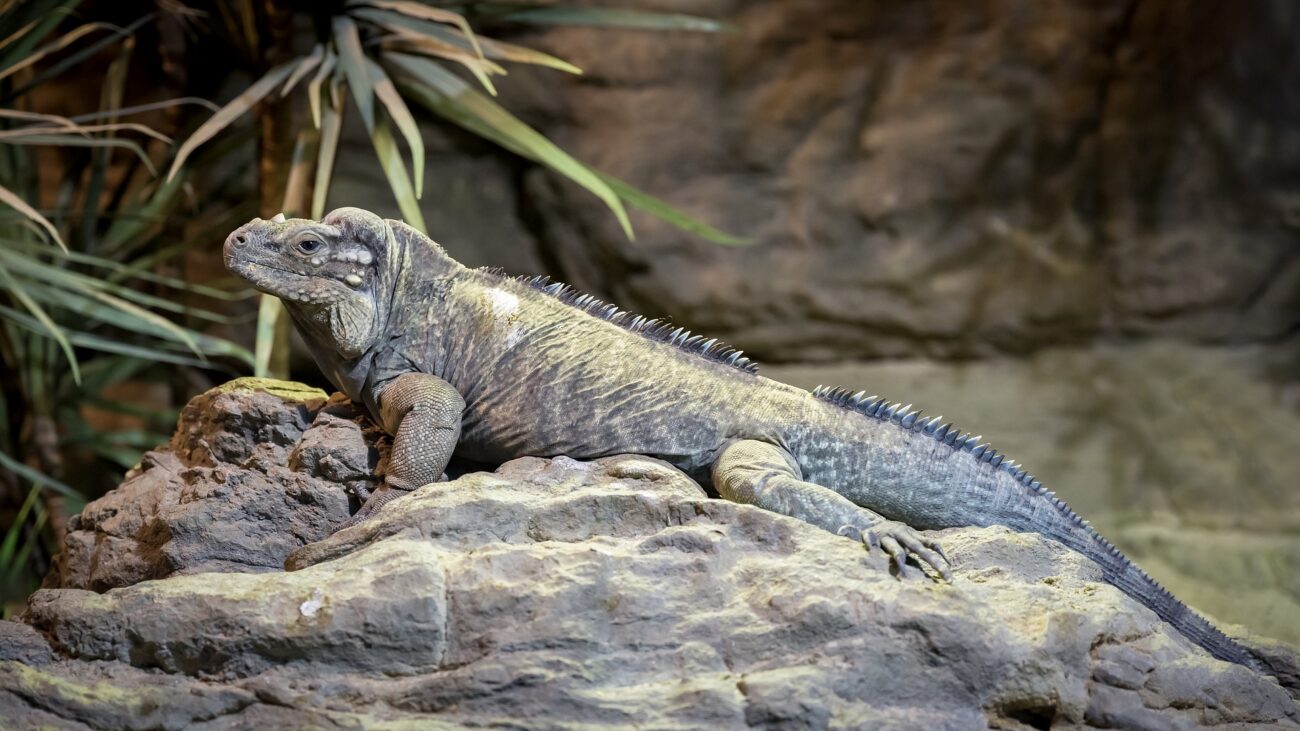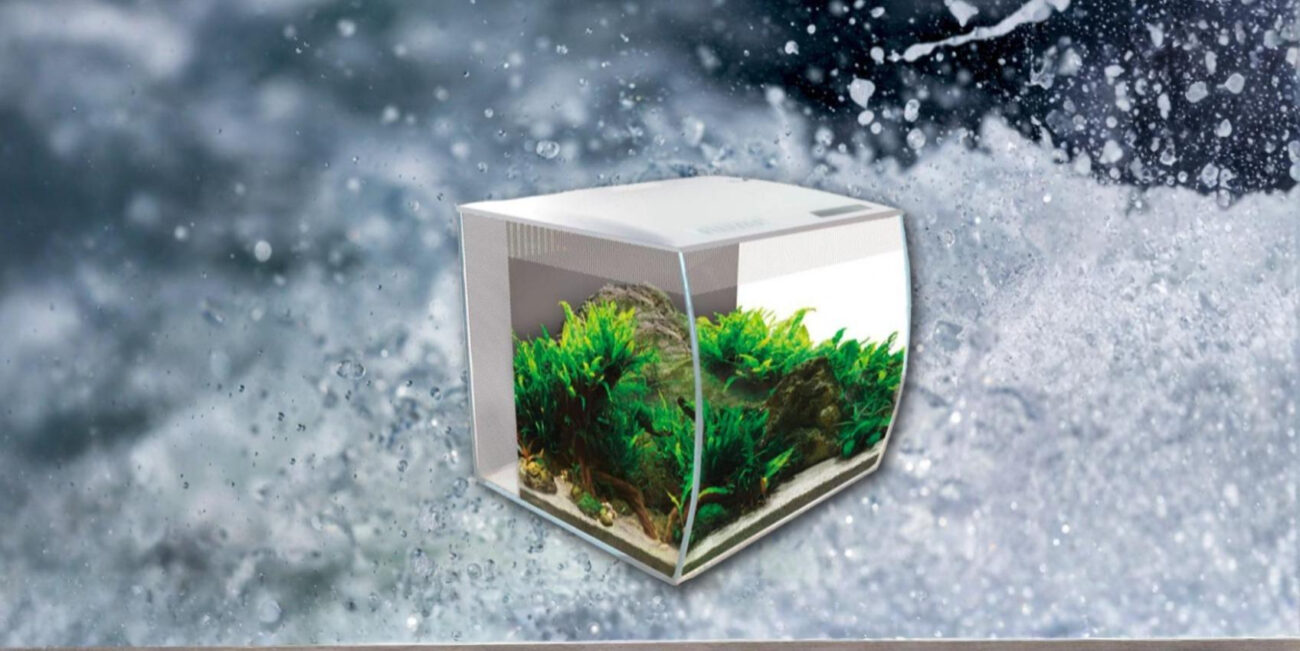There are a lot of things you should know before you buy a reptile and put it in a terrarium. To help you with this, we have summarized a few basic concepts of reptile care and keeping. Keep these things in mind and your new pet will thank you for it.
What do you need to do to keep a reptile healthy in human hands? What can you do to ensure that your lizard, snake or tortoise has a happy life for many years to come? First and foremost, a lot of dedication is required on your part. You need to know that some reptile species can live for well over 20 years. So you should be prepared for a long life for your new roommate.
Here are five things you need to keep in mind to keep your new pet healthy. These are the basic rules of reptile care:
1. research and investigation (know your new roommate)
Before you bring a reptile into your home, you need to know everything about the animal’s care requirements. What kind of food does it eat and how often does it need to be fed? How much space does it need? What about heat, humidity and lighting requirements? These are just some of the reptile care issues you need to be aware of before placing a reptile in a cage.
Search the internet for care instructions. To do this, enter the name of the reptile species followed by the term “care instructions”. For example, if you want to keep a ball python as a pet, search Google for “care instructions for ball pythons” to start your research.
Of course, it is also a good idea to look in books for information on the species you want to keep.
It is important to read as many care instructions as possible. The more you know about your new roommate, the better.
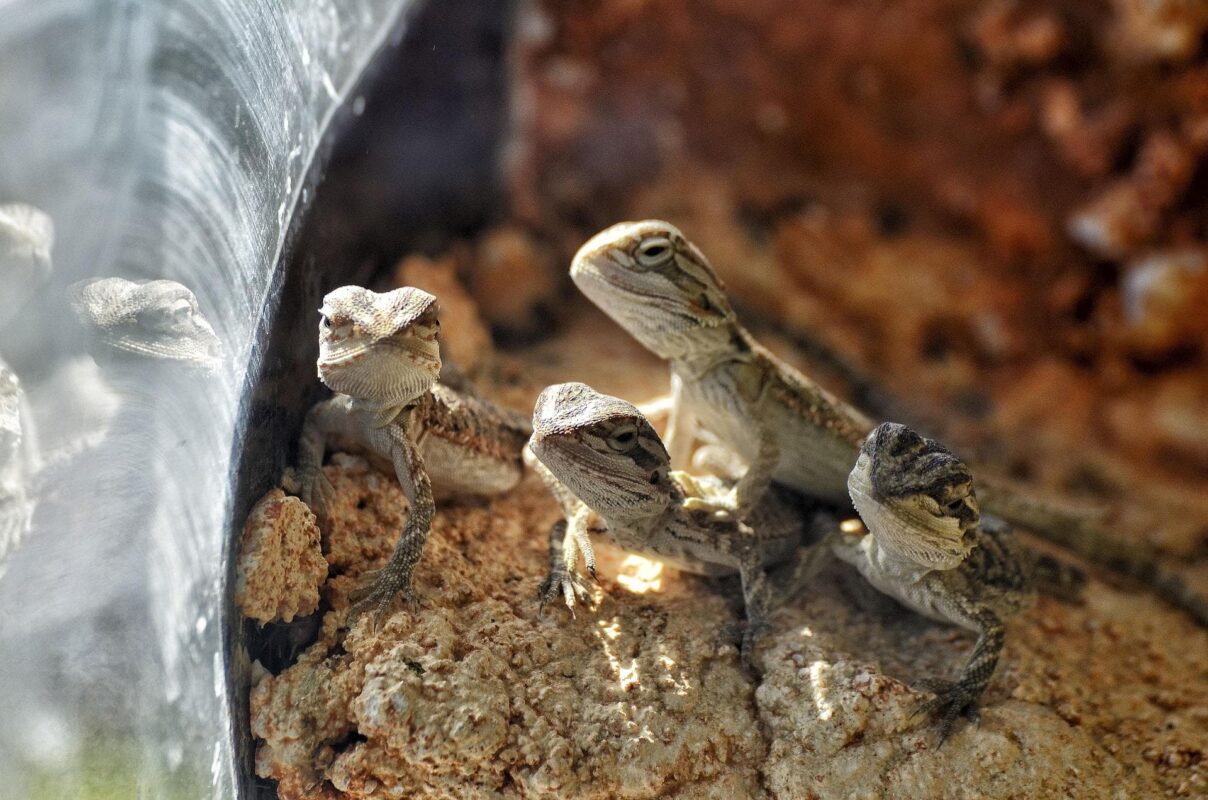
2. selection (the casting)
The best way to keep a reptile healthy is to start with a healthy specimen. That’s why we’ve put research before selection. It would probably be difficult to know what a healthy specimen looks or behaves like until you have researched the subject in depth.
It is best to buy your new pet from a professional breeder. In other words, someone who breeds and sells reptiles for a living. These people have a reputation to uphold, so they work hard to breed healthy animals. A reputable breeder would never sell a sick reptile.
Reptile exhibitions offer you another good opportunity to acquire an animal.
We strongly recommend that you do not buy a wild-caught reptile. Captive-bred animals are generally healthier than wild-caught specimens. A wild-caught reptile may have a number of diseases or parasites that you don’t want to deal with. Taking animals from the wild can also put a strain on their populations, which is why so many reptile species are now threatened with extinction. These are all good reasons to buy a captive-bred specimen! Alternatively, you can look around animal shelters. Perhaps there are animals nearby that are urgently looking for a new home.
However, please do not buy from “backyard breeders”. Here they often breed “whatever is available” without any basic genetic knowledge and often the breeding is not professional, which can lead to the animals received being underdeveloped and susceptible or even already ill.
Also bear in mind that in many cases you will need a certificate of origin. If the pet owner refuses to issue this certificate or makes difficulties, you already know that something is wrong. Please do not buy your animal there!
3. living space (home sweet home)
Reptiles are incredibly diverse — just like their habitat. Some live in desert areas, others in rainforests or other tropical regions. Some are active during the day, while others are nocturnal. Some need a place to bask that is well above 38 degrees Celsius, while others do well at room temperature. Accordingly, animals in captivity require a desert or rainforest terrarium. If a species also needs a water area, a paludarium is required.
So you see, before you bring a reptile home as a pet, you need to set up a suitable habitat.
A habitat contains everything the animal needs to survive. The habitat includes a type of substrate, heating devices, lighting, hiding places for your reptile, climbing structures and much more. The “ingredients” of the habitat vary depending on the type of reptile you want to keep. Hence the reference to point no. 1 above. For proper reptile care, you need to research the care requirements for the species and then build a habitat that meets these requirements.
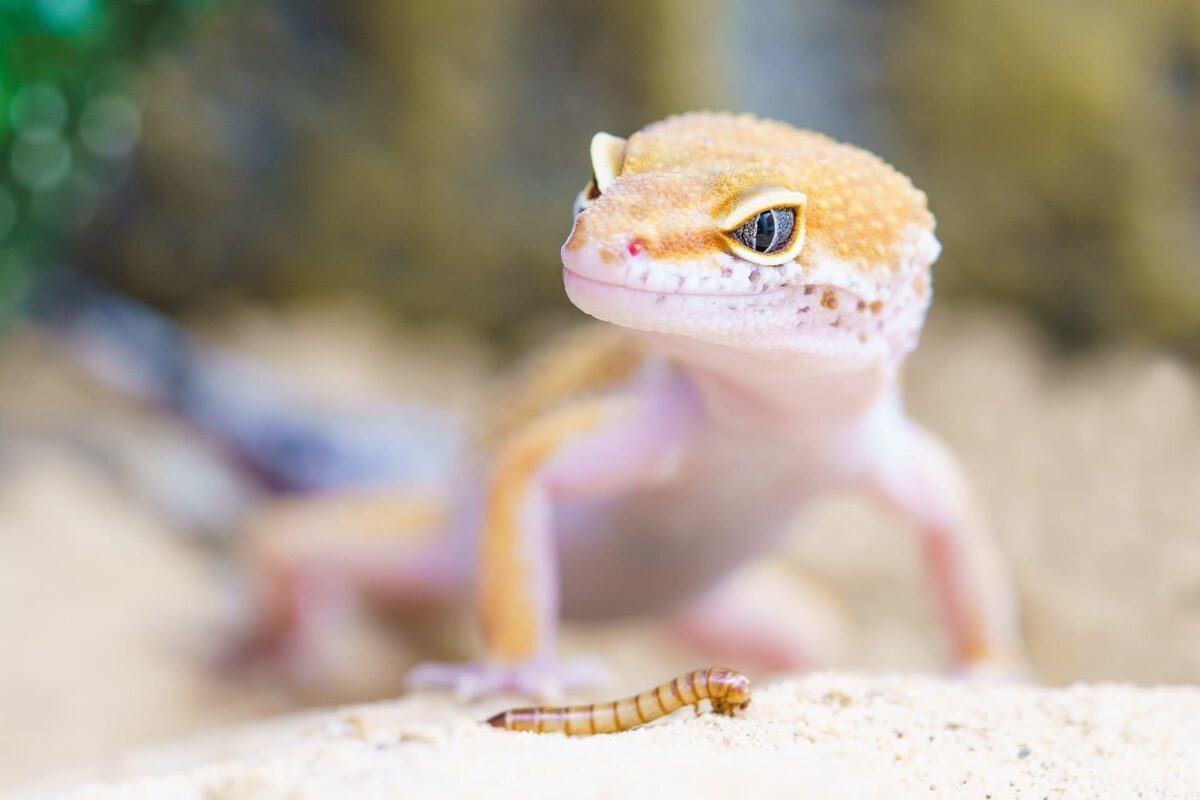
4. diet (Bon Appétit)
What do reptiles eat? As with everything else discussed so far, this depends on the species you want to keep. In captivity, most snakes do well on a diet of mice and rats. Chameleons eat a wide range of insects. Bearded dragons enjoy a combination of fruit, vegetables and insects. Green iguanas are pure herbivores that feed on fruit and vegetables. Aquatic turtles and tortoises are omnivores or pure vegetarians, depending on the species. As you can see, different reptiles have different dietary requirements.
So before your new roommate moves in, you need to know (A) what it eats and (B) where you can get the food it needs. It’s easy with herbivores: you can feed them fruit and vegetables from the supermarket. But what about lizards that only eat insects or snakes that eat rodents? You need to have a supply of food ready from day one. This also starts with research.
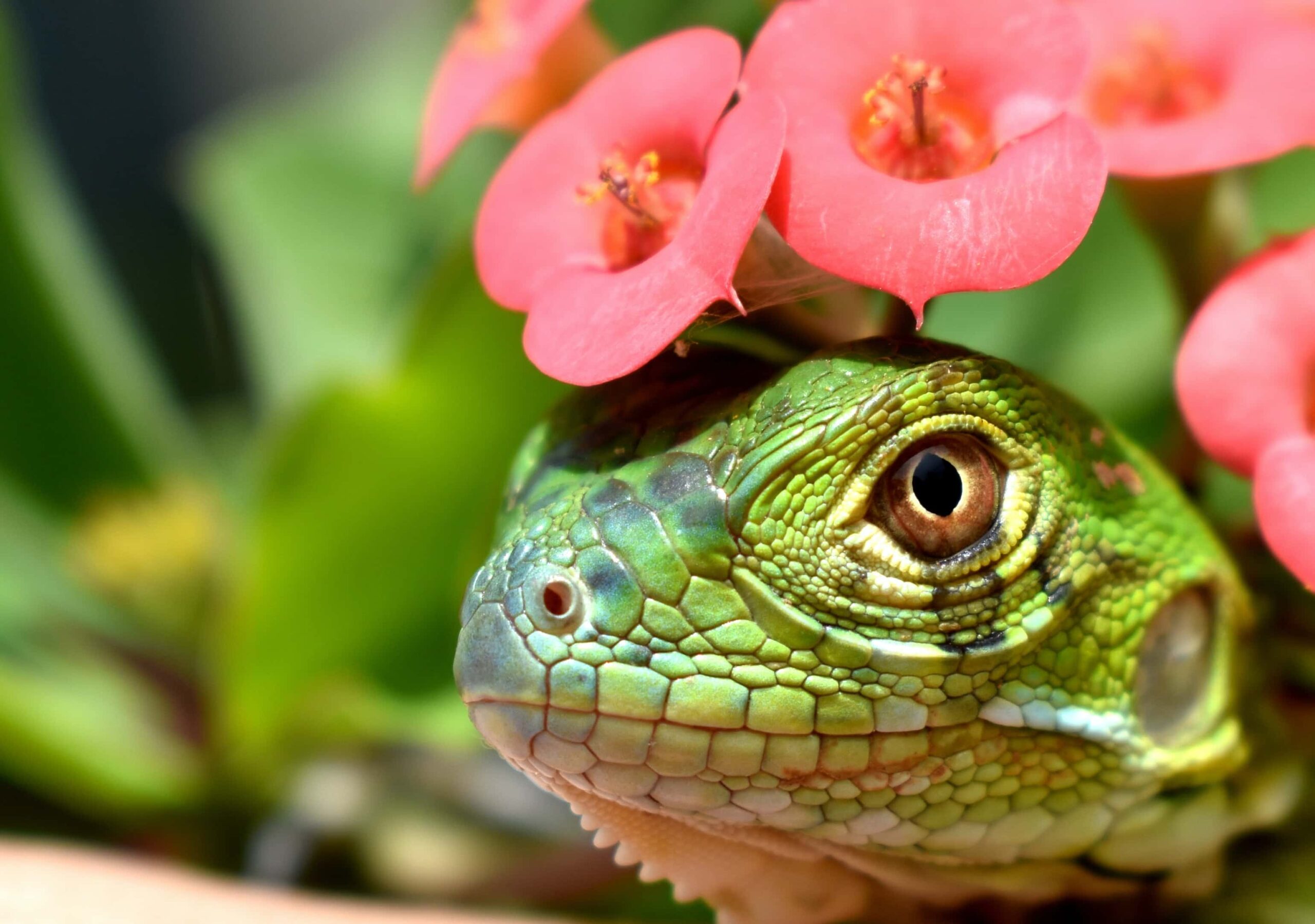

Hint
It’s important to know what to feed your pet, but you also need to know how often to feed it. An overfed reptile can suffer from all sorts of health problems, just like an overfed human. The same goes for underfeeding. There’s only one way to do it right — inform, inform, inform!
5. care (anything else?)
Pet reptiles need to be constantly cared for and monitored. They don’t need as much attention as a dog or cat, but you need to keep an eye on certain things. Here are four things you need to monitor:
- Temperatures and humidity in the living space (climate control)
The cleanliness of the living space- The feeding plan
- The general health of your pet
The first three points on this list are quite simple. The last point (health) is more difficult to observe. In many cases, a reptile can be ill without showing any outward signs or symptoms. And by the time they do show a symptom, the disease may be more advanced.
SOLAR RAPTOR® Timer Controller
- Switchable socket strip
- CON-T: Temperature/time control
- CON-TH: Temperature/humidity/time control
- Quick setting desert/tropical mode
incl. VAT
plus shipping
Why is that? Because reptiles show no outward signs. If your dog or cat was sick, you would probably notice it immediately. Dogs and cats have very expressive faces and can frown, whine and whimper when they are unwell. But reptiles can do none of these things. So if you don’t give your snake, lizard or tortoise the right habitat, it will suffer in silence for a long time.
What does this mean for you as a reptile owner? It means that you need to be proactive and conscientious about proper reptile care. You need to check the cage daily to make sure the temperatures and humidity are correct. You need to keep the cage clean to prevent bacteria build-up. You need to learn your pet’s normal behavior so you can recognize when something is out of the ordinary.
And if necessary, you must take your pet to a qualified reptile vet if something is wrong. It’s a good idea to find reptile vets who are available to you in advance. In an emergency, it can be difficult to find a vet with herpetological expertise quickly. Perhaps the following lists will help you:
https://ag-ark-1.jimdosite.com/tierarztliste/
https://reptiliendoktor.com/tieraerzte-fuer-reptilien/die-reptiliendoktor-liste/
Conclusion
These are the most important parts of reptile care if you want to keep a reptile as a pet. If you get these five points right, your new pet will most likely have a long and healthy life. Every pet deserves the best care its owner can provide, and that goes without saying for reptiles too. But who are we telling — you want it too…
Good luck!
Header image by ThuyHaBich on Pixabay





